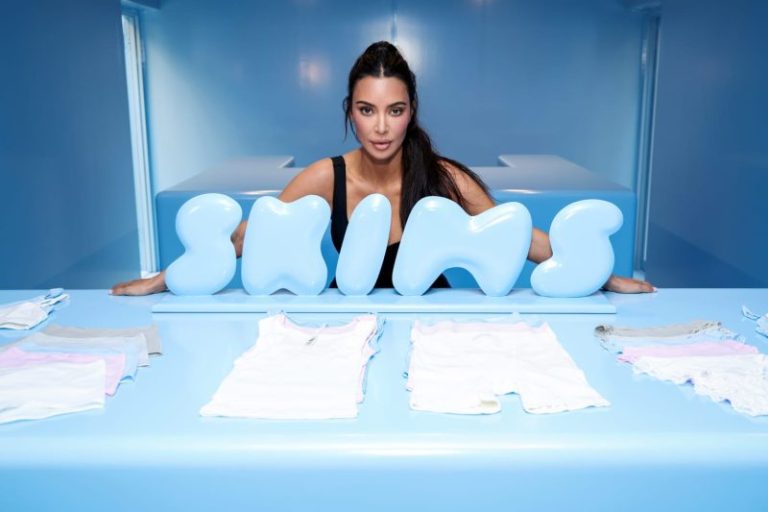The Chairman of the Senate Foreign Relations Committee has lashed out at China, Russia and Iran for threatening U.S. national security interests in Africa in exclusive comments to Fox News Digital.
In a wide-ranging interview, Sen. Jim Risch, R-Idaho, discussed the Trump administration’s approach to Africa, highlighting terrorism, war and concerns over trade on the continent. Risch emphasized the importance of Africa to the U.S.
‘The economic opportunities in Africa cannot be understated, and the United States needs to have a seat at the table regarding trade and investment in the region,’ he said. ‘At the same time, there are serious national security challenges we need to address head on to include terrorism, widespread conflicts affecting regional stability, migration and trafficking.’
Russia, China and Iran have been criticized by Risch as being ‘malign actors’ in Africa, accused of military interventions, exploitative trade practices, and in Iran’s case, reported to be working on an agreement to extract refined ‘yellowcake’ uranium for its controversial nuclear program.
‘The malign actions of China and Russia, and even regional actors like Iran, are serious challenges to our national security interests in Africa,’ Risch said. ‘Countering the influence of these aggressors is as much about the U.S. pursuing greater partnerships with African states as it is about responding to the challenges put forward by countries like Russia and China in Africa.’
Risch weighed in on the role of the U.S. military on the continent, saying it ‘is to protect the American people, first and foremost, and that goal should remain the same in Africa. We have serious security threats in Africa, and we must take them seriously. Remember, Osama bin Laden hid in Sudan, bombed our embassies there, and planned his 9/11 attack.’
Then there’s the question of Islamist terror. Risch said he was ‘concerned about the spread of Islamist militants throughout parts of Africa, and has supported efforts to work with countries to help them get this situation under control.’
He added, ‘I am mindful that it is ultimately not up to us to confront this problem, and we have to stop being the only major player providing international support. Others, including African nations, must do more.’
Washington has Somalian terror clearly on its radar. In banning Somalians from entering the U.S. earlier this month, a White House proclamation stated, ‘The United States Government has identified Somalia as a terrorist safe haven.’
Al-Qaeda and Islamic State-affiliated terrorists operate openly. The U.S. military, through its Africa Command, has ramped up action against the groups since President Trump took office. So far this month, the U.S. has already carried out six air strikes against Islamic State in Somalia.
‘I have advocated so strongly for the United States to build an approach that relies less on a central government partner that has not delivered, and more on partners in Somalia and the region to bring about effective counterterrorism gains.
‘Fortunately, President Trump’s Africa policy has already shown he thinks outside the box, as demonstrated by the handling of recent airstrikes on Somalia with less hand-wringing, and more direct and decisive action.’
In Sudan, Russia and Iran have been fingered as protagonists pushing military agendas and war. An estimated 150,000 have been killed, and more than 12 million displaced, since civil war broke out in April 2023.
‘The war in Sudan must end, and the partition of the Sudanese state must be prevented. This is the worst humanitarian disaster in the world, and a playground for malign actors backing both sides,’ he said.
On President Donald Trump’s spearheading of efforts to bring peace to the Eastern part of the Democratic Republic of Congo. Risch said, ‘I know this administration is working hard to secure a deal between DRC and Rwanda that will end the fighting. America must serve as a counterweight to China’s critical minerals deals in the region, but can’t fully do so until the region is more stable.’
In South Africa, government ministers continue to meet with senior Russian, Chinese and Iranian officials. The African National Congress political party, which South African President Cyril Ramaphosa is the leader of, has hosted officials from the Hamas terror group. Yet the country benefits from duty-free benefits for products like cars and fruit in the U.S. under the African Growth and Opportunity Act, AGOA, and other trade deals.
Risch told Fox News Digital, ‘I have consistently raised national security concerns about South Africa’s AGOA eligibility. AGOA is set to expire later this year, and President Trump’s current tariff regime already overrides many of its benefits. I remain critical of the South African government’s posture, which is why I applauded Secretary Rubio’s decision not to allow U.S. representation at the G20.’
In November, South Africa is due to hand over the chairmanship of the G20 to the U.S. But at this time Washington is not sending a single official to the handover ceremony.
Fox News Digital reached out to the South African government, but received no response.
This post appeared first on FOX NEWS










